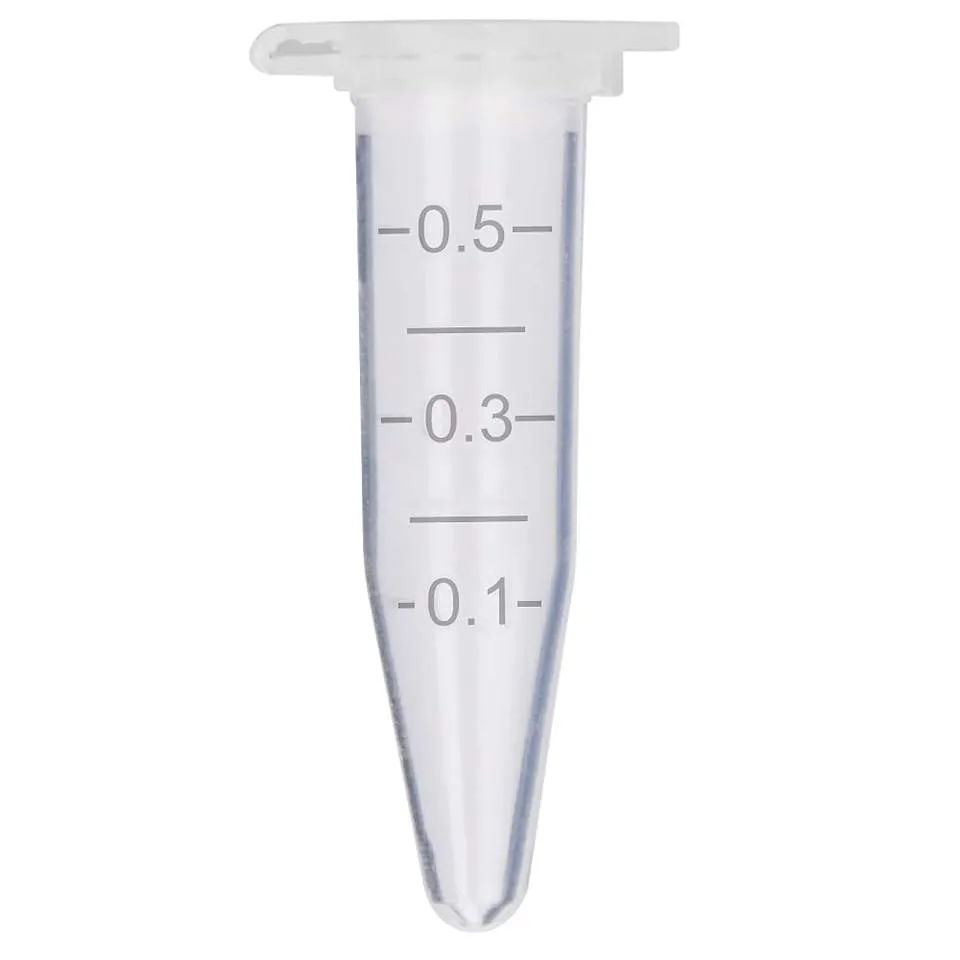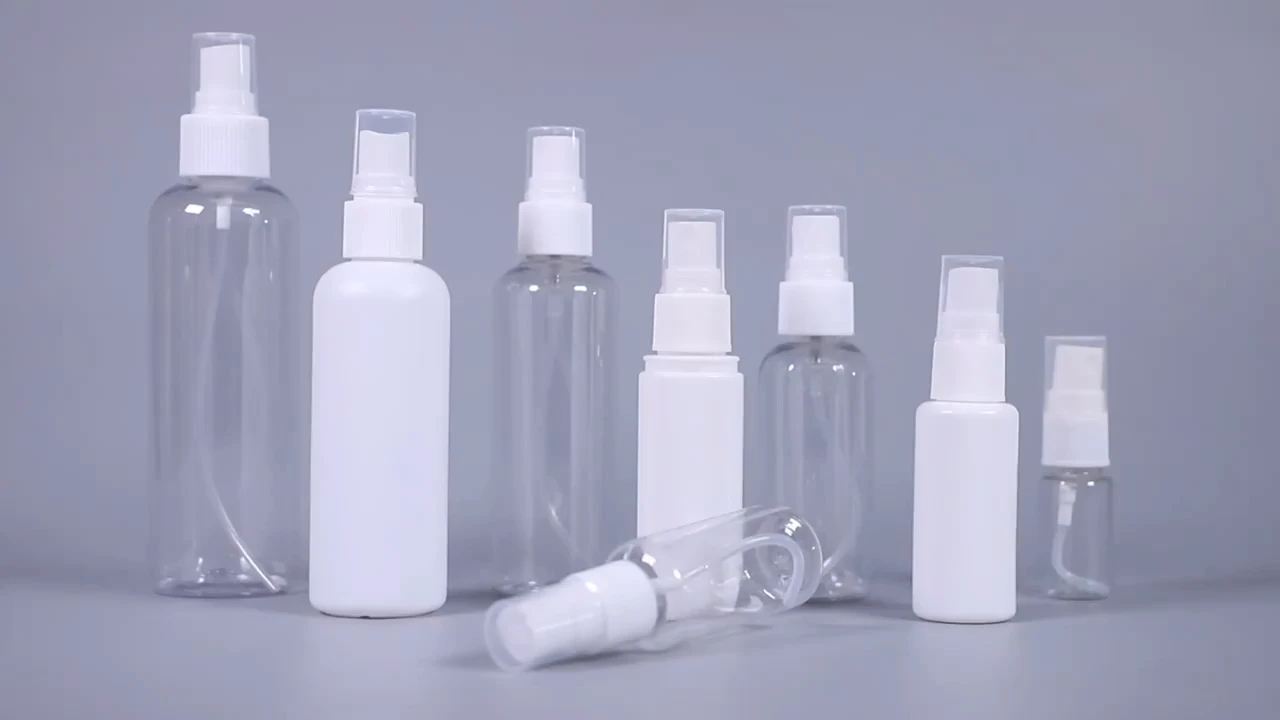
-
 Afrikaans
Afrikaans -
 Albanian
Albanian -
 Amharic
Amharic -
 Arabic
Arabic -
 Armenian
Armenian -
 Azerbaijani
Azerbaijani -
 Basque
Basque -
 Belarusian
Belarusian -
 Bengali
Bengali -
 Bosnian
Bosnian -
 Bulgarian
Bulgarian -
 Catalan
Catalan -
 Cebuano
Cebuano -
 Corsican
Corsican -
 Croatian
Croatian -
 Czech
Czech -
 Danish
Danish -
 Dutch
Dutch -
 English
English -
 Esperanto
Esperanto -
 Estonian
Estonian -
 Finnish
Finnish -
 French
French -
 Frisian
Frisian -
 Galician
Galician -
 Georgian
Georgian -
 German
German -
 Greek
Greek -
 Gujarati
Gujarati -
 Haitian Creole
Haitian Creole -
 hausa
hausa -
 hawaiian
hawaiian -
 Hebrew
Hebrew -
 Hindi
Hindi -
 Miao
Miao -
 Hungarian
Hungarian -
 Icelandic
Icelandic -
 igbo
igbo -
 Indonesian
Indonesian -
 irish
irish -
 Italian
Italian -
 Japanese
Japanese -
 Javanese
Javanese -
 Kannada
Kannada -
 kazakh
kazakh -
 Khmer
Khmer -
 Rwandese
Rwandese -
 Korean
Korean -
 Kurdish
Kurdish -
 Kyrgyz
Kyrgyz -
 Lao
Lao -
 Latin
Latin -
 Latvian
Latvian -
 Lithuanian
Lithuanian -
 Luxembourgish
Luxembourgish -
 Macedonian
Macedonian -
 Malgashi
Malgashi -
 Malay
Malay -
 Malayalam
Malayalam -
 Maltese
Maltese -
 Maori
Maori -
 Marathi
Marathi -
 Mongolian
Mongolian -
 Myanmar
Myanmar -
 Nepali
Nepali -
 Norwegian
Norwegian -
 Norwegian
Norwegian -
 Occitan
Occitan -
 Pashto
Pashto -
 Persian
Persian -
 Polish
Polish -
 Portuguese
Portuguese -
 Punjabi
Punjabi -
 Romanian
Romanian -
 Russian
Russian -
 Samoan
Samoan -
 Scottish Gaelic
Scottish Gaelic -
 Serbian
Serbian -
 Sesotho
Sesotho -
 Shona
Shona -
 Sindhi
Sindhi -
 Sinhala
Sinhala -
 Slovak
Slovak -
 Slovenian
Slovenian -
 Somali
Somali -
 Spanish
Spanish -
 Sundanese
Sundanese -
 Swahili
Swahili -
 Swedish
Swedish -
 Tagalog
Tagalog -
 Tajik
Tajik -
 Tamil
Tamil -
 Tatar
Tatar -
 Telugu
Telugu -
 Thai
Thai -
 Turkish
Turkish -
 Turkmen
Turkmen -
 Ukrainian
Ukrainian -
 Urdu
Urdu -
 Uighur
Uighur -
 Uzbek
Uzbek -
 Vietnamese
Vietnamese -
 Welsh
Welsh -
 Bantu
Bantu -
 Yiddish
Yiddish -
 Yoruba
Yoruba -
 Zulu
Zulu
Reusable Empty Eye Drop Containers Eco-Friendly & Leak-Proof Design
- Introduction to Empty Eye Drop Container Sustainability
- Material Innovation in Modern Ophthalmic Packaging
- Cost-Benefit Analysis: Traditional vs. Recyclable Containers
- Manufacturer Comparison for Eco-Friendly Solutions
- Customization Options for Pharmaceutical Brands
- Real-World Implementation Across Healthcare Sectors
- Future Outlook for Empty Eye Drop Bottle Ecosystem

(empty eye drop container)
Understanding the Impact of Empty Eye Drop Container Waste
Recent studies reveal 1.2 billion plastic eye drop bottles enter global landfills annually, with only 18% undergoing proper recycling. The shift toward empty eye drop container
s made from biodegradable polymers addresses this crisis, reducing decomposition time from 450 years to 12 months. Pharmaceutical companies now prioritize containers meeting USP <1207> standards for leachables while maintaining ecological compliance.
Advancements in Ophthalmic Packaging Materials
Leading manufacturers employ co-extrusion blow molding to create multi-layer containers with:
- High-density polyethylene (HDPE) outer shells
- Oxygen-scavenging inner liners
- Antimicrobial nano-coatings (silver ion technology)
This innovation extends product shelf life by 40% compared to conventional LDPE bottles while maintaining 99.97% sterility.
Economic and Environmental Tradeoffs
| Parameter | Traditional PET | Recycled HDPE | Bio-Polymer |
|---|---|---|---|
| Unit Cost ($) | 0.18 | 0.22 | 0.31 |
| Carbon Footprint (kg CO2e) | 0.85 | 0.62 | 0.19 |
| Reusability Cycles | 1 | 3 | 5 |
Industrial Solutions Comparison
Three market leaders demonstrate distinct approaches:
- PharmaCraft: Hybrid HDPE/PET designs with 30% recycled content
- OcuPure: Plant-based PLA containers compatible with autoclave sterilization
- VisionPak: Modular systems allowing bottle component separation for recycling
Tailored Packaging Configurations
Customization parameters for eye drop bottle empty solutions include:
- Capacity options (2ml to 10ml)
- Tamper-evident closure systems
- UV-protective amber coloring levels (USP 671 compliant)
- Embossed Braille labeling
Clinical and Commercial Deployments
Massachusetts General Hospital reduced ophthalmic waste by 62% after implementing refillable empty eye drop bottles across their 1,200-bed facility. Consumer trials show 78% patient preference for ergonomic, eco-conscious designs over conventional bottles.
Empty Eye Drop Bottle Evolution in Pharma
The industry moves toward closed-loop systems where 92% of bottle components get repurposed into medical-grade materials. Emerging smart packaging integrates NFC chips for dosage tracking while maintaining complete recyclability. Regulatory bodies now mandate minimum 25% post-consumer recycled content in ophthalmic containers by 2025 across EU and FDA-regulated markets.

(empty eye drop container)
FAQS on empty eye drop container
Q: How should I dispose of an empty eye drop container?
A: Rinse the empty eye drop bottle thoroughly, check local recycling guidelines, and dispose of it in the appropriate bin. Avoid reusing it to prevent contamination.
Q: Can I reuse an empty eye drop bottle?
A: No, reusing an empty eye drop container is unsafe due to bacterial contamination risks. Always use a new, sterile bottle for medications.
Q: Are empty eye drop bottles recyclable?
A: Some empty eye drop containers are recyclable if made of plastic or glass. Confirm with your local recycling facility for specific instructions.
Q: What should I do if an empty eye drop bottle leaks?
A: Seal the container tightly and place it in a plastic bag before disposal. This prevents residual liquid from leaking into trash bins.
Q: Why should I remove labels from empty eye drop bottles before recycling?
A: Removing labels ensures proper identification of recyclable materials. It also protects personal information if the bottle had prescription details.
-
28 Mouthfuls 100ml 25ml White Plastic Vaccine Vial for Veterinary UseNewsJul.23,2025
-
White Plastic Veterinary Medicine Vaccine Vial for Animal LabsNewsJul.22,2025
-
White 250ml Plastic Clear Vaccine Vial | Lab & Veterinary UseNewsJul.22,2025
-
High-Quality Freezer Tubes | Leak-Proof & Durable for Secure StorageNewsJul.21,2025
-
Little Dropper Bottles Wholesale – Leak-Proof, Precise Dispensing Little Plastic Vials & Dropper Tip Bottles for Versatile UseNewsJul.08,2025
-
What is a Culture Plate? Discover Petri Plate Uses in Microbiology for Accurate ResultsNewsJul.08,2025






















